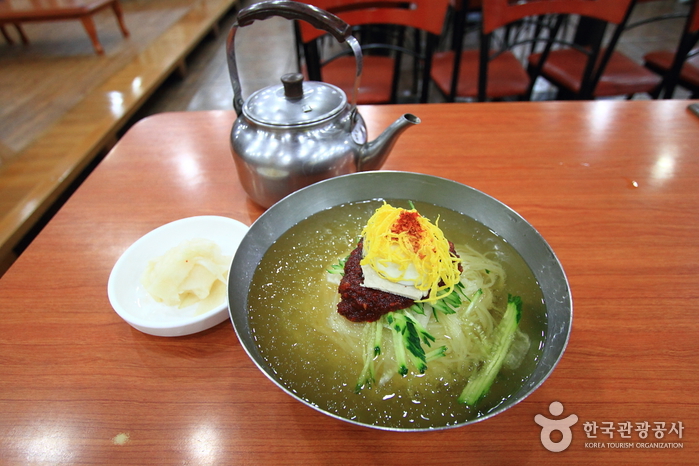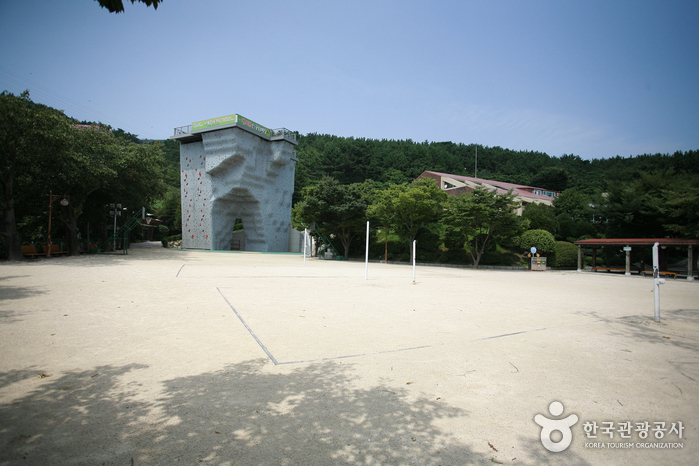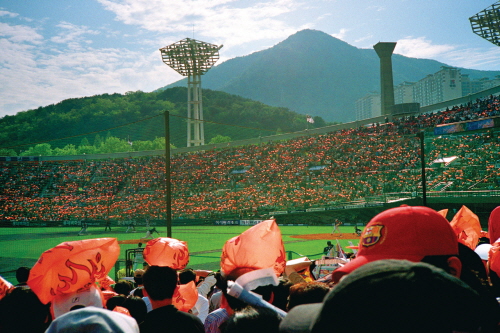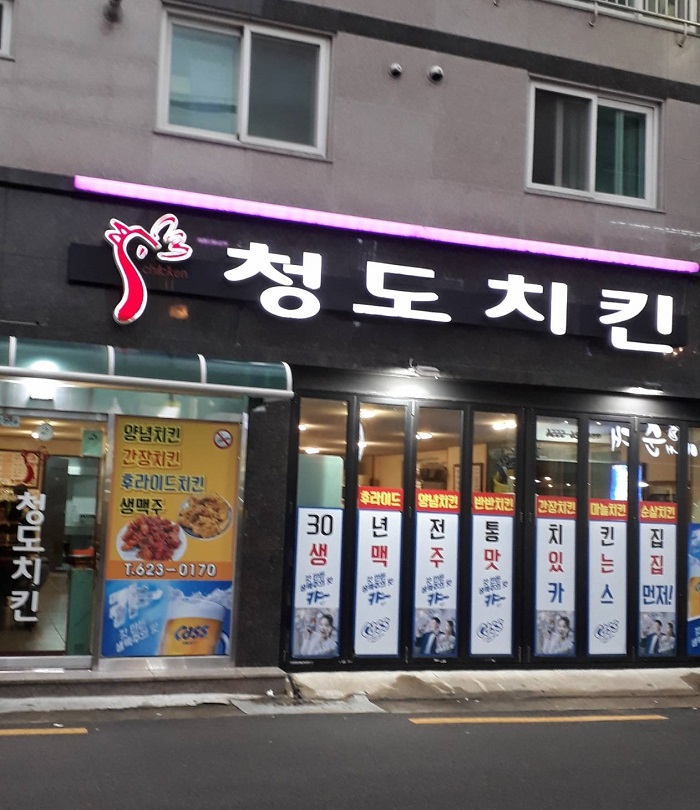Olive Young - Yeonsan Station Branch [Tax Refund Shop] (올리브영 연산역점)
3.7Km 2024-06-28
1086, Jungang-daero, Yeonje-gu, Busan
-
Gaya Halmae Milmyeon (가야할매밀면)
3.7Km 2019-08-17
32, World cup-daero 145beon-gil, Yeonje-gu, Busan
+82-51-865-8017
Located in Yeonsan-dong, Gaya Halmae Milmyeon specializes in milmyeon (wheat noodles), one of the most famous dishes in Busan.
Geumnyeonsan Youth Training Institute (부산광역시 금련산청소년수련원)
3.7Km 2020-08-19
156, Hwangnyeongsan-ro, Suyeong-gu, Busan
+82-51-625-0709
Located on Geumnyeonsan Mountain in the heart of Busan, Geumnyeonsan Youth Training Institute is a youth center managed directly by Busan Metropolitan City. Surrounded by a wonderful natural landscape, the institute also functions as a place to relax for the general public. Its main facilities include a youth campground, dormitories, an astronomical observatory, auditorium, and fitness center. There is also a promenade and a wisteria-lined path, so the institute is a place of both learning and relaxation.
Busan One Asia Festival (부산원아시아페스티벌)
3.8Km 2024-04-18
344 World cup-daero, Yeonje-gu, Busan
+82-51-911-1924
Busan One Asia Festival is Asia's No. 1 Hallyu Fesitval. The festival creates a memorable time for visitors with Asia's best Hallyu concert, going beyond generations and genre.
Busan Sports Complex (부산종합운동장)
3.9Km 2021-07-22
344, World cup-daero, Yeonje-gu, Busan
+82-51-504-8001
Established in 1986, the Busan Sports Complex features the main stadium, Sajik indoor swimming pool, an indoor gymnasium, Sajik Baseball Ground, and an athletes' training center. The main stadium was the venue for the 2002 Asian Games and several matches during the 2002 FIFA World Cup. The Busan Sports Complex regularly hosts international sporting and cultural events, while providing excellent facilities for personal as well as group training.
Busan Asiad Main Stadium (부산 아시아드주경기장)
3.9Km 2024-03-15
344 World cup-daero, Yeonje-gu, Busan
+82-51-500-2123
Busan Asiad Main Stadium, completed in 2001, was constructed to host the 2002 World Cup and the 2002 Busan Asian Games. Its design, closer to a circle than a straight line, offers both grandeur and comfort. It serves as the home stadium for the Busan IPark football club and hosts various events including track and field competitions and K-pop performances. Adjacent to it are a baseball stadium and an indoor gymnasium.
Thank You Korean Medicine Clinic (고마워한의원)
3.9Km 2025-07-29
(#505, Sewoong Building), 295 Suyeong-ro, Nam-gu, Busan
Thank You Korean Medicine Clinic specializes in non-surgical treatments for severe spinal conditions such as herniated cervical/lumbar disc and scoliosis.
We also offer specialized care for women's health issues (such as vaginitis, menopausal disorders, and menstrual problems) and run prenatal/postnatal care programs. Additionally, we provide expert treatment for pediatric conditions.
Leave your health concerns to Gomawo Korean Medicine Clinic with trust.
The clinic is committed to maintaining your health and vitality essential for achieving goals and enjoying a vibrant life.
Treatments that will move your life forward!
We will do everything we can as we have done all the time.
Aritaum - Yeonsan Rotary Branch [Tax Refund Shop] (아리따움 연산로타리)
4.0Km 2024-06-27
11, Bansong-ro, Yeonje-gu, Busan
-
Cheongdo Chicken (청도치킨)
4.0Km 2021-03-22
42, Yongso-ro, 8beon-gil, Nam-gu, Busan
+82-51-623-0170
It is one of Busan's top three chicken restaurants. This restaurant's signature menu is seasoned fried chicken. A fried chicken specialty restaurant located near Nam-gu, Busan.
Homeplus - Asiad Branch [Tax Refund Shop] (홈플러스 아시아드)
4.0Km 2024-04-23
7, Jonghabundongjang-ro, Yeonje-gu, Busan
-




![Aritaum - Yeonsan Rotary Branch [Tax Refund Shop] (아리따움 연산로타리)](http://tong.visitkorea.or.kr/cms/resource/55/3314155_image2_1.jpg)

![Homeplus - Asiad Branch [Tax Refund Shop] (홈플러스 아시아드)](http://tong.visitkorea.or.kr/cms/resource/61/2885461_image2_1.jpg)
 English
English
 한국어
한국어 日本語
日本語 中文(简体)
中文(简体) Deutsch
Deutsch Français
Français Español
Español Русский
Русский